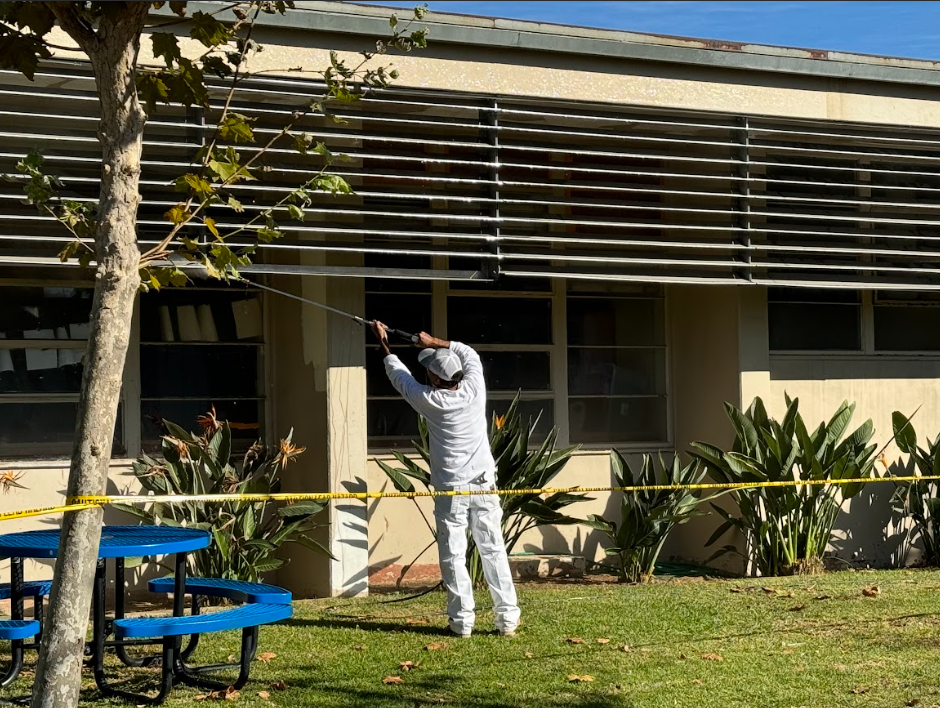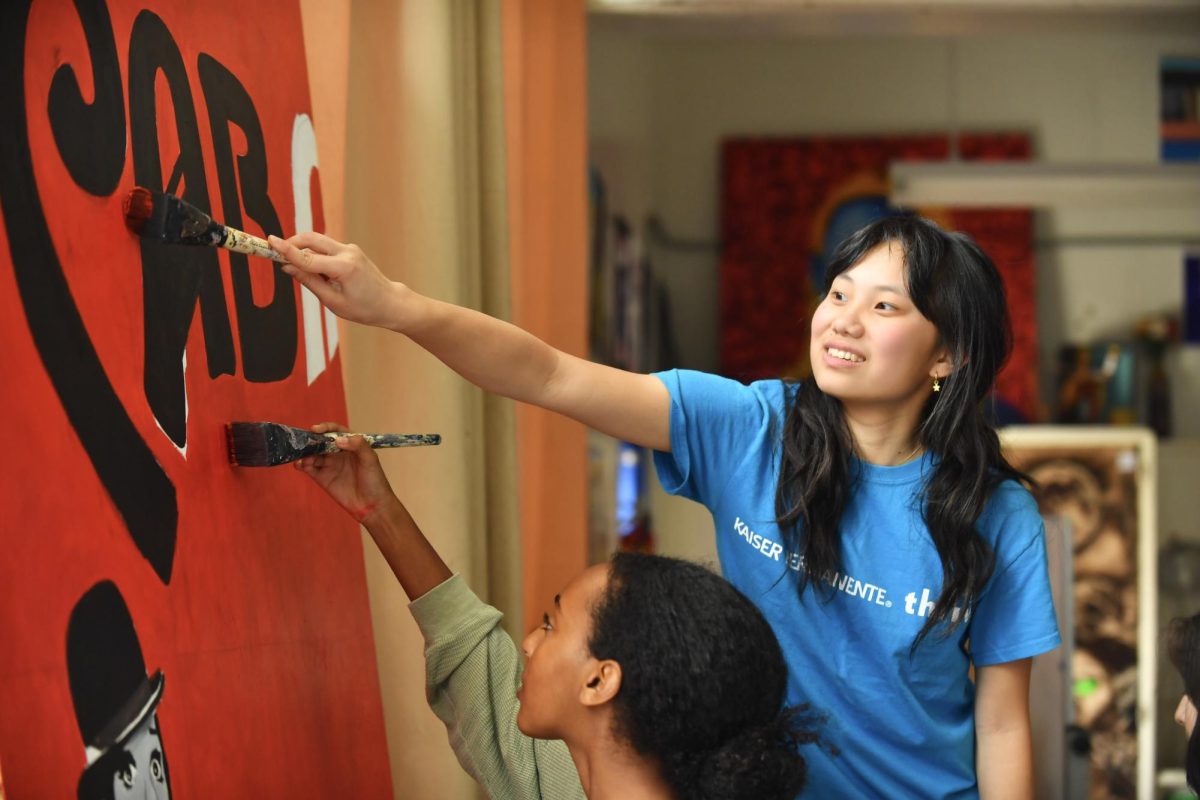Debunking a trip to Mars
April 21, 2015
The idea of walking on Mars is quite breathtaking. But is it really possible to get to the red planet with all the risks involved? Although this would be a big step in space exploration, with our current technology, the answer is no.
One big problem with getting to Mars is the amount of radiation that the astronauts would be exposed to. Several wise scientists recommended that they should turn on curiosity’s Radiation assessment detector during curiosity’s trip to mars. Over the 264 day 563 kilometer trip to mars, Astronauts would be exposed to roughly two thirds (⅔) of a sievert of radiation, which is about equivalent to getting a CT scan every 5 days. Here on Earth, we are exposed to about one thousandth (1/1000) of a sievert. When exposed to this much radiation, the chances of dying from cancer rises from 21% to 24%. This exceeds NASA’s current guidelines. Other effects caused by radiation exposure are reduced resistance to infections, short term memory loss, blindness, and increases heart disease risk. A radiation burst from the sun or deep space could result in acute radiation syndrome, which would cause organ shutdown and would lead to a very painful death.
There are two types of radiation that would be harmful to astronauts, Solar energetic particles, or SEP’s, and Galactic cosmic rays, or GCR’s. These types of radiation can penetrate tissue and damage DNA. Although piling on aluminum polyethylene and containers of water would reduce exposure to SEP’s, it wouldn’t lower the amount of GCR’s that the astronauts would be exposed to. One idea would be to bring a few lead suits. However lead is very heavy, and because the current rate to carry a pound into space is $20,000, it is way too expensive to be an option. Scientists are working on an alternative option to block out SEP’s and GCR’s. Once on the surface of mars, radiation will be less of an issue.
The other major issue with getting to Mars is the current propulsion technology. There are two leading propulsors, but the technology isn’t ready yet. One is the Solar electric propulsion. The SEP obtains power from solar arrays and requires no fuel. Although the SEP lasts long, it has poor propulsion. With our current SEP technology, it would take several years to reach mars. However astronauts can not be exposed to such doses of radiation for that duration of time. We would also have to store several years worth of food and water. The other propulsor is Nuclear powered electric engines. However the technology isn’t ready yet. It works by changing nuclear thermal energy into electric energy that is used to power one of the electrical propulsion technologies. Conducting nuclear fission requires heavy equipment and hydrogen fuel. Hydrogen fuel is very heavy and storing enough hydrogen fuel to get to mars would be 90% of the space ship’s weight. It would take about 512 days to get to Mars with current NPE technology.
Once on the red planet, there are many issues. The most hazardous of the dangers is the martian dust situation. Unlike dust on earth, dust on Mars is thought to be larger and rougher, like the dust covering the moon. However the dust covering Mars consists mainly of iron oxide, while the moons dust consists mainly of silica. When Apollo astronauts landed on the moon, they were covered in just a few minutes. Within hours, rough lunar dust had scratched up lenses and degraded seals. While the lunar stays were short, if astronauts make the six-month journey to Mars, they’ll likely be expected to stay a while. That would give potentially hazardous dust plenty of time to accumulate in equipment, cause airlock malfunctions, or even infiltrate astronauts’ lungs. Dust on Mars doesn’t just sit around. It is furiously swept around in dust devils and rough winds. Huge dust storms can occur, over 800 miles wide. Not to mention that every once in a while a rare occurrence where mars experiences a “Perfect dust storm” where powerful winds kick dust up into the atmosphere where it is spread around until it eventually clouds the entire planet. If one of these rare events occurred on a takeoff or landing day, it would be catastrophic.
Another ongoing issue is muscle and bone loss due to reduced gravity influence on Mars and zero gravity during the trip to mars. It would make astronauts weaker, making it harder to perform tasks. There is also a larger risk of astronauts breaking a bone due to bone loss. If an astronaut was to break a bone on the mission, it would take much longer to heal and no casts would be available. Luckily, there are a few options that we can take in order to help prevent bone loss. Astronauts would have to eat a strict diet set by nutritionists. They would also have to take prescribed medications, and do a certain two hour workout everyday.
Finally, there is the issue of hostile micro bacteria on Mars infecting humans that go to Mars, and also the chance that they will bring it back to earth. Although micro bacteria or life on Mars is yet to be found, we may encounter it in the future, or there may even be the chance of life starting on Mars between now and the moment that the astronauts land on Mars! What effects will this foreign micro bacteria have on humans? What if we are unable to find a cure or vaccination? The chances of us finding life on mars is slim, but its possible, and we need to prepare for it. We can have future mars rovers search further for life on mars, then come up with a sanitary system.
Although sending humans to Mars would be a big step in space exploration and a milestone internationally, we currently do not have the technology to get there safely, or even get there at all. What we need to do is find ways to counteract all the safety hazards, improve our current technology, and draft new ideas for more advanced spaceship models. Although it is exciting to set a permanent mission date to look forward to, it is a priority to keep the crew safe and have the necessary technology to physically get to the red planet. After all, what’s the point of sending people to mars if they won’t live to take humanity’s first steps on mars?


















































































